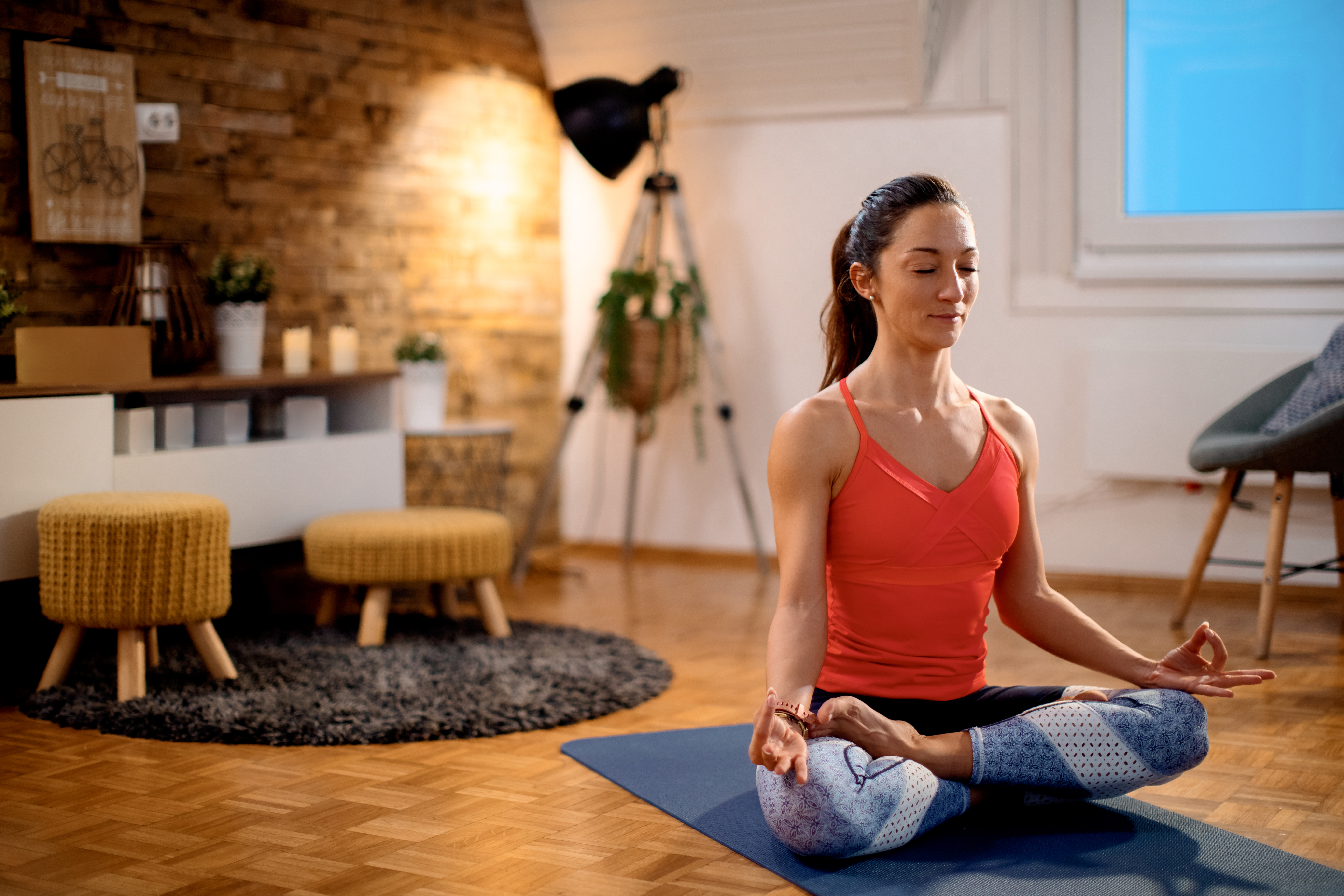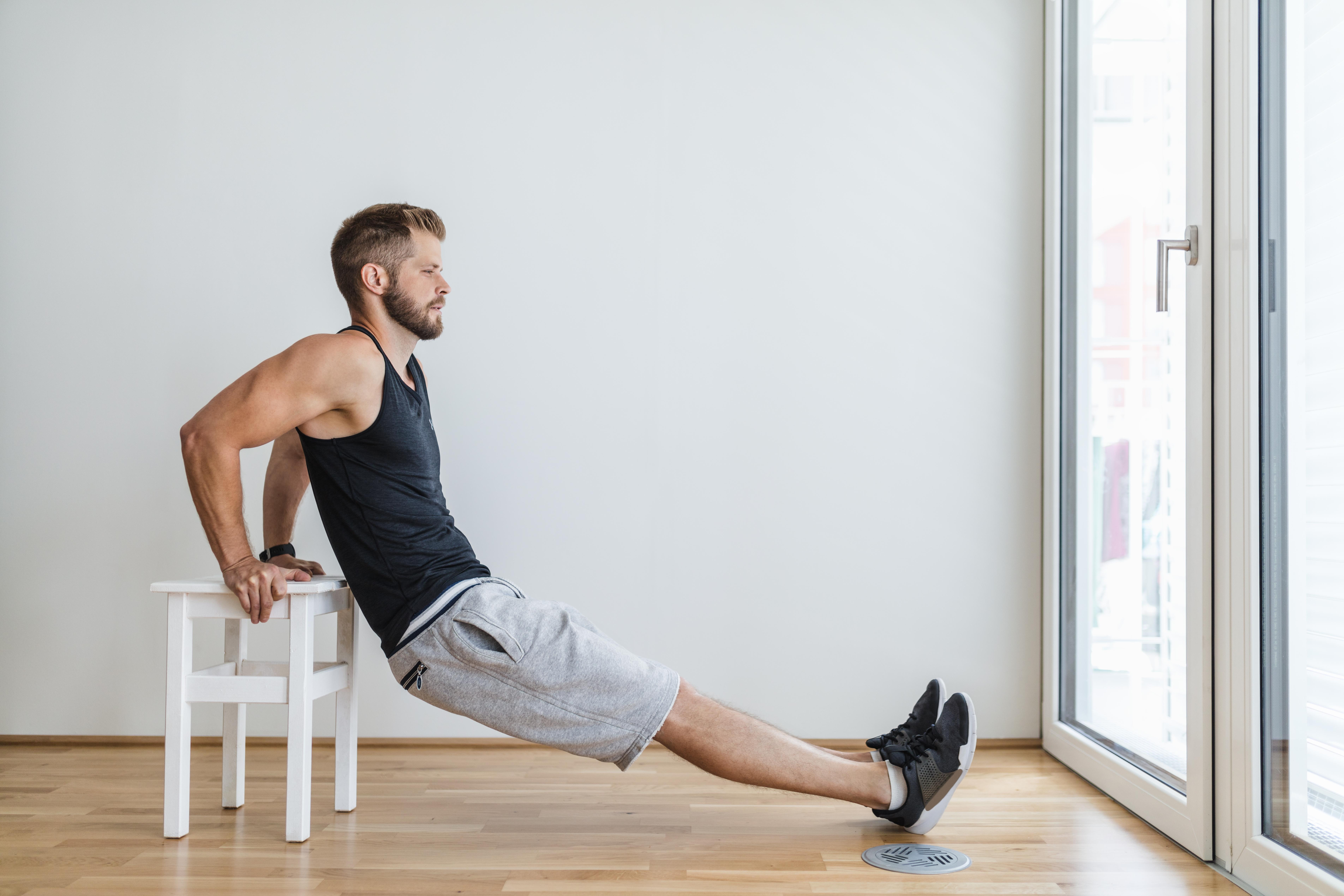Science-Backed Ways to Build Muscle Without the Gym
9. The Role of Flexibility and Mobility

Flexibility and mobility are integral to muscle growth, as they enhance performance and reduce the risk of injury. Dynamic stretching before workouts prepares the muscles and joints for activity, while static stretching post-exercise aids in recovery. Mobility exercises, such as those targeting the hips and shoulders, can improve range of motion and functional strength. Incorporating yoga or Pilates into a fitness routine can enhance flexibility, balance, and core strength. By prioritizing flexibility and mobility, individuals can improve their overall fitness and support long-term muscle growth.
10. Tailoring Workouts to Individual Needs

Personalization is key to effective muscle growth, as individual responses to training can vary. Factors such as age, gender, fitness level, and genetic predispositions influence how the body responds to exercise. Tailoring workouts to accommodate these variables can enhance results and reduce the risk of injury. For example, older adults may benefit from lower-impact exercises, while beginners should focus on mastering form and technique. Advanced athletes can incorporate more complex movements and higher intensities. By understanding and respecting individual differences, individuals can create a customized workout plan that maximizes their muscle-building potential.
